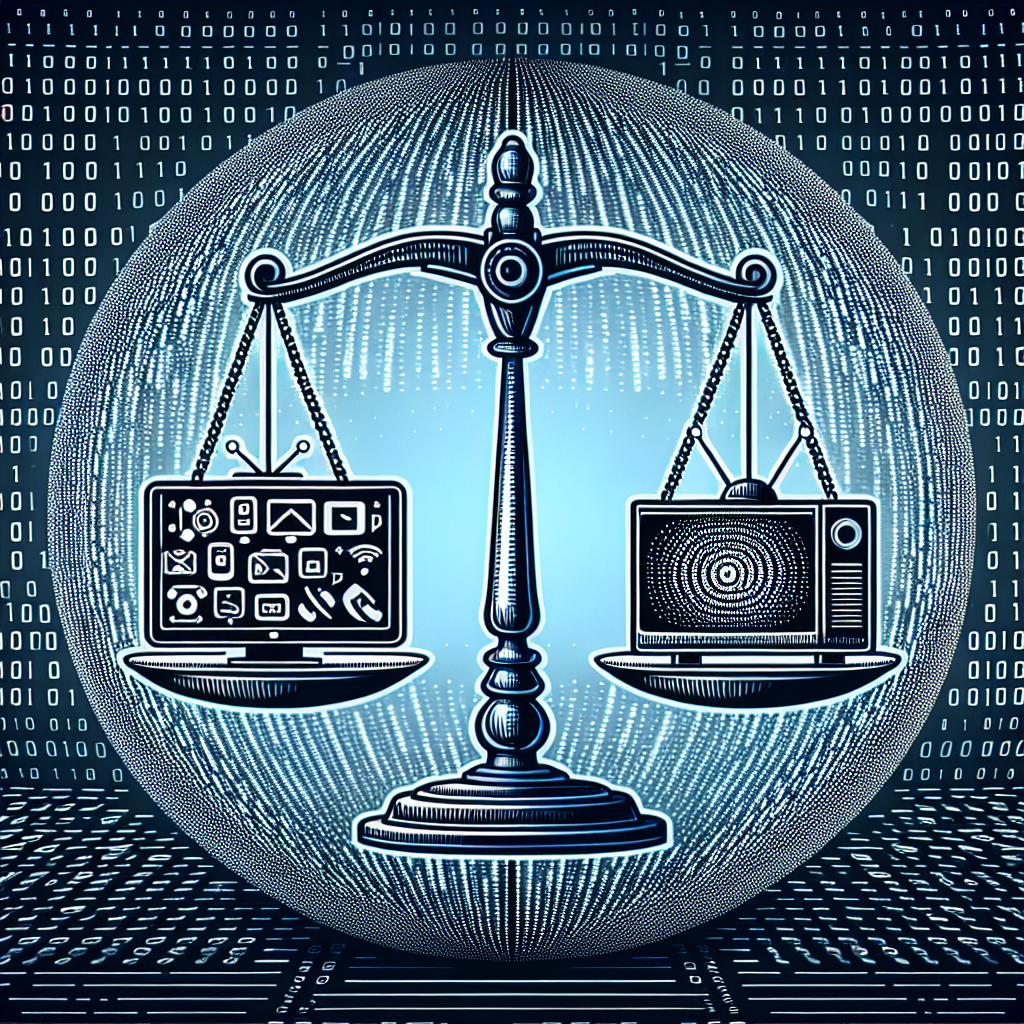In recent years, the way we consume television content has undergone a significant transformation. Traditional cable television has been the dominant method of watching TV for decades, but now, Internet Protocol Television (IPTV) has emerged as a popular alternative. Both services offer a range of channels and programming options, but there are key differences between the two.
IPTV, as the name suggests, uses Internet Protocol to deliver television content to viewers. This means that instead of receiving signals through traditional cable or satellite methods, IPTV streams content over the internet. This allows for greater flexibility and customization in terms of what channels and content viewers can access. With IPTV, viewers can choose from a wide range of channels, including international and specialty channels that may not be available through traditional cable providers.
On the other hand, traditional cable television relies on physical cables to deliver content to viewers’ homes. This means that viewers are limited to the channels and packages offered by their cable provider, with little flexibility to customize their viewing experience. Cable providers often require viewers to sign long-term contracts and may charge additional fees for premium channels or services.
One of the main advantages of IPTV is its flexibility and convenience. Viewers can access their favorite channels and content from any device with an internet connection, including smartphones, tablets, and smart TVs. IPTV also offers features such as on-demand programming, time-shifted viewing, and interactive services that are not typically available through traditional cable providers.
Additionally, IPTV often provides higher picture quality and faster channel switching compared to traditional cable. This is because IPTV streams content directly to viewers’ devices, without the need for physical cables or satellite signals. This can result in a smoother viewing experience and better overall quality.
However, there are also some drawbacks to IPTV. Because it relies on an internet connection, IPTV may be subject to buffering or interruptions in service if the connection is slow or unreliable. Additionally, some IPTV providers may not offer as many channels or programming options as traditional cable providers.
In conclusion, both IPTV and traditional cable television offer a range of channels and programming options for viewers. IPTV provides greater flexibility and convenience, as well as higher picture quality and faster channel switching. However, traditional cable television may be more reliable in terms of service and may offer a wider range of channels and packages. Ultimately, the choice between IPTV and traditional cable will depend on the viewer’s preferences and needs.


Leave a Reply